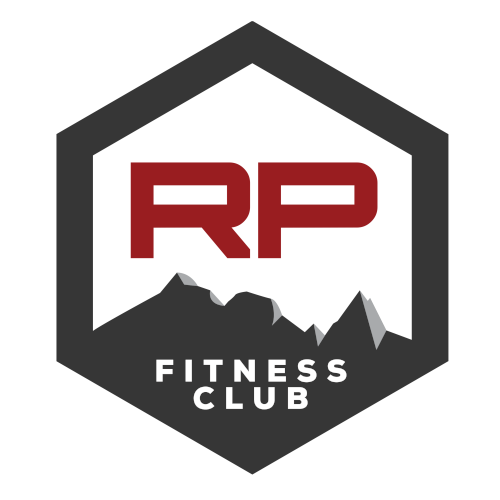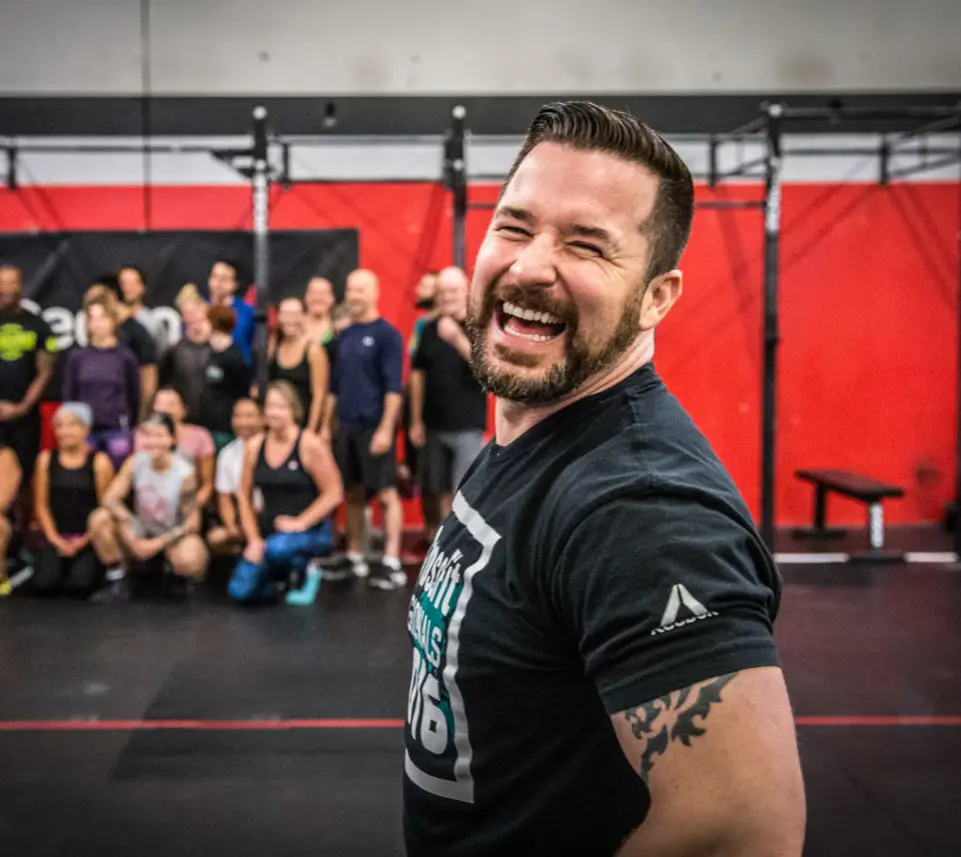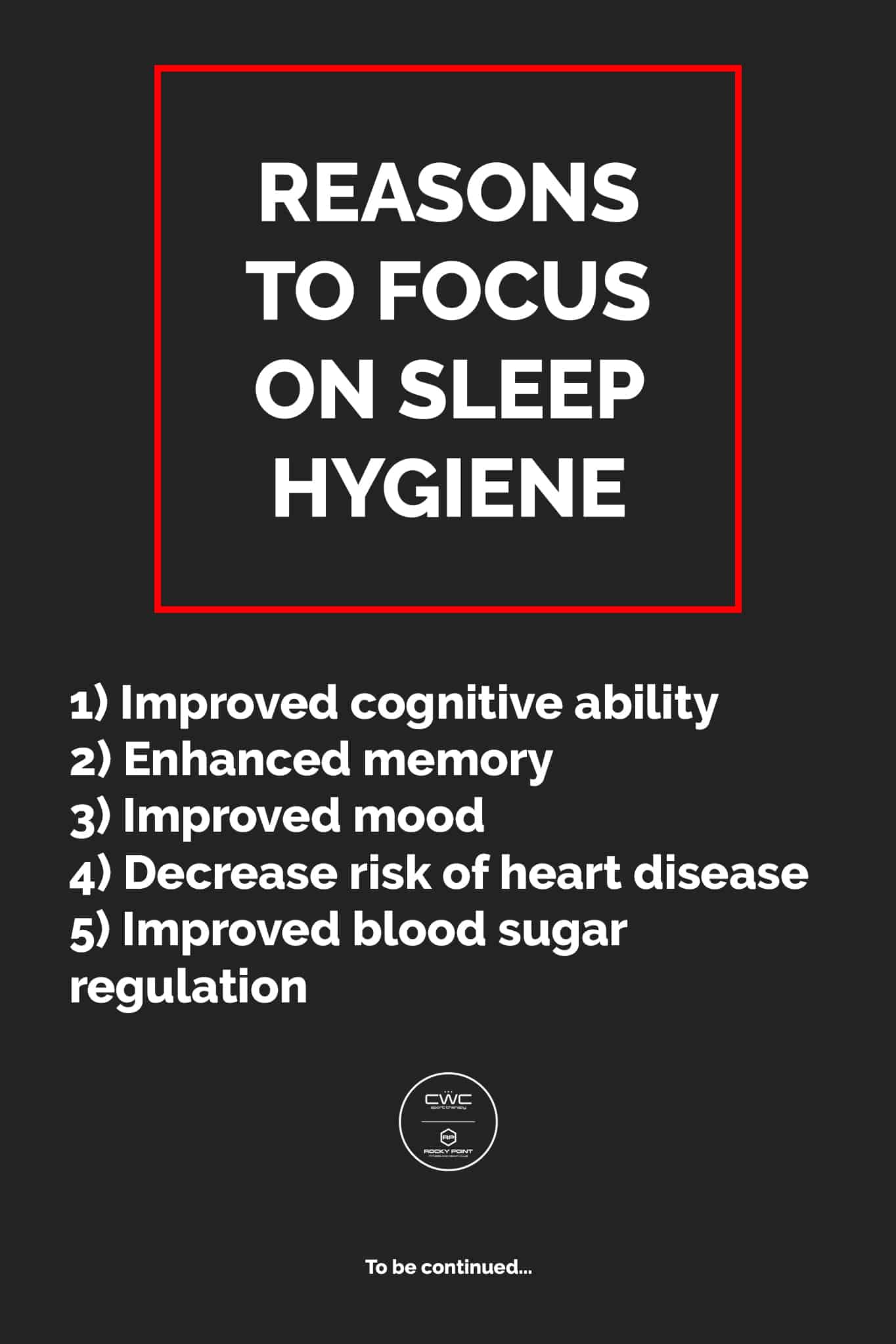How to Balance CrossFit Training with Rest Days for Optimal Performance
Balancing CrossFit training with rest days is key to improving your performance. Your body needs time to recover, which helps build strength and prevent injuries. Ignoring rest days can lead to burnout and decreased performance over time.
When you plan your training schedule, you should include rest days just as carefully as your workouts. Too much training without enough rest can actually slow your progress. Mixing intense sessions with well-placed rest days boosts your performance and keeps your energy levels up.
Consider how your body feels after a workout. If you notice signs of fatigue, it might be time for a rest day. Listening to your body helps you maintain balance in your training routine. This balance is essential for making steady improvements without risking your health.
Understanding CrossFit Training
CrossFit training combines varied exercises to boost strength and endurance. It requires balancing intense workouts with rest for peak performance.
Principles of Training
CrossFit focuses on functional movements done at high intensity. This includes exercises like squats, deadlifts, and pull-ups. These workouts are programmed as short, intense sessions meant to push your limits. Each session is different, keeping your body challenged and preventing plateaus.
A key principle is scalability. Whether you’re a beginner or advanced, you can adjust the workout to match your capabilities. This flexibility helps you progress at your own pace while ensuring safety and effectiveness.
Consistency is vital. Regular workouts contribute significantly to improved fitness levels. Yet, avoiding overtraining by incorporating rest days is necessary for muscle recovery and growth. Balancing training and recovery is crucial for optimal performance.
Physical Demands of CrossFit
CrossFit workouts demand full-body effort. They engage different muscle groups and require strength, stamina, and flexibility. Because of this, they can be taxing on your body. You’ll often move quickly between exercises with little rest, which builds cardiovascular endurance.
Adapting to these physical demands involves proper technique and attention. Using correct form reduces the risk of injury and maximizes workout benefits. It’s important to listen to your body and not overdo it.
Recovery is just as important as exertion. Proper hydration, nutrition, and sleep are essential in supporting your body’s recovery process. Balancing these elements helps maintain energy levels and improve overall performance during training.
Designing Your Training Schedule
Creating a balanced CrossFit training schedule involves assessing your fitness level, incorporating variety in workouts, and balancing exercise with rest. By trusting a personal trainer tailoring your program helps optimize gains and prevent burnout.
Assessing Your Fitness Level
Understanding your current fitness level is the first step. Begin by evaluating what you can comfortably handle. Are you a beginner or more advanced? Knowing this helps you decide the number of training days needed.
Test your strength, endurance, and flexibility. You might perform basic movements like squats or push-ups. If these come easily, you might increase challenge. If not, start with simpler exercises. Regular assessments track progress, allowing adjustments to your schedule as you improve.
Incorporating Variety and Intensity
Mixing different workouts can improve performance and keep things interesting. CrossFit combines cardio, strength, and flexibility exercises. Plan to switch between weights, running, and mobility work to target various muscles.
Including high-intensity workouts pushes you to your limit. Ensure some sessions focus on moderate intensity for recovery, while others are more intense. This variety prevents boredom and reduces the risk of overuse injuries.
Sample weekly schedule:
- Monday: Heavy lifting
- Tuesday: Cardio/endurance
- Wednesday: Rest/light mobility
- Thursday: Mixed-mode workout
- Friday: Skill development
Balancing Training Days with Rest Days
Rest is vital for muscle recovery and energy replenishment. Too little rest can lead to exhaustion or injury. Your schedule should include rest days to allow the body to heal. Aim for at least one full rest day every week.
A common approach is training three days, resting one, then training two days, and resting again. This pattern balances workout with necessary downtime. Listen to your body—if you feel overly tired or sore, add more rest.
Rest days can be active with light stretching or leisurely walks. These gentle activities promote recovery without hindrance. Proper rest ensures you return to training sessions energized and ready to improve.
The Role of Rest Days
Balancing CrossFit training with rest days is key for achieving your best performance. Rest days aid muscle recovery, reduce injuries, and improve mental health.
Rest for Muscle Recovery
Rest is crucial for muscle recovery. When you exercise, tiny tears form in your muscles. They need time to heal. Without these breaks, muscles might not recover well, leading to injuries or fatigue over time.
During rest days, focus on activities that promote recovery. Light stretching can keep muscles flexible. Eating balanced meals with enough protein helps with muscle repair.
Pay attention to your body’s signals. If you feel sore continuously, more rest might be necessary. Overtraining can lead to burnout, so rest days are important. You should aim for at least one full rest day each week to give muscles time to rebuild.
Mental Health Benefits of Rest
Rest days are important for mental health, too. Constant intense workouts without breaks can lead to stress and burnout. Taking time off helps refresh the mind, reducing stress and anxiety.
On rest days, consider activities that encourage relaxation. Meditation can help clear your thoughts. Even a simple walk outside can boost your mood.
Without these mental breaks, the pressure of constant training can affect your motivation. This can impact your commitment to future workouts. Ensuring you get adequate rest supports sustainable training and prevents mental fatigue.
Monitoring Progress and Adjusting Your Approach
Regularly checking your progress helps ensure that your CrossFit training is effective. Fine-tuning your plan based on your findings can lead to better results and prevent injury.
Tracking Workouts and Recovery
Pay attention to your workouts by keeping a detailed log. Write down each exercise, weight, reps, sets, and any notes about how you felt. This information is useful for spotting trends and improvements. Tracking recovery is just as important. Use a scale from 1 to 10 to rate your energy and soreness levels after workouts.
Apps and fitness trackers can help you keep an eye on heart rates and other vital stats. These tools provide insights into how hard your body is working and if you’re getting enough rest.
Stay aware of the signs your body gives you. Fatigue and unusual soreness could mean you need more rest, not more training. Balance intensity and rest to maintain optimal performance.
When to Modify Your Program
Adjusting your CrossFit plan is crucial when you’re not meeting your goals or noticing negative effects. If progress stalls, consider changing your routine. Varying exercises and focusing on weaker areas can lead to new gains.
Consult with a coach to make informed changes, especially if unsure about what to adjust. They can help identify specific issues and suggest solutions. Also, listen to signals from your body closely. Persistent fatigue or injuries mean it’s time to modify your approach.
Periodically reassess your goals to ensure they remain achievable and pushing you towards optimal performance. Being flexible in your training helps keep your progress moving forward.
Conclusion
Balancing CrossFit training with rest days is key to enhancing your performance. By listening to your body and taking scheduled rest days, you can improve your strength and endurance. This approach helps prevent burnout and reduces the risk of injury, allowing you to maintain a steady training routine.
Incorporate a mix of active recovery and complete rest days to support your fitness journey. On active recovery days, try activities like stretching, yoga, or walking to keep the blood flowing without overexerting yourself.
Create a training schedule that fits your lifestyle and goals. Balance intense workouts with adequate rest to keep your energy levels high and your motivation strong. Remember, consistency and moderation are crucial for ongoing progress.For more personalized advice and a supportive community, visit us at Rocky Point Fitness in Coquitlam, BC. We’re here to help you achieve your fitness goals with expert guidance and support.








